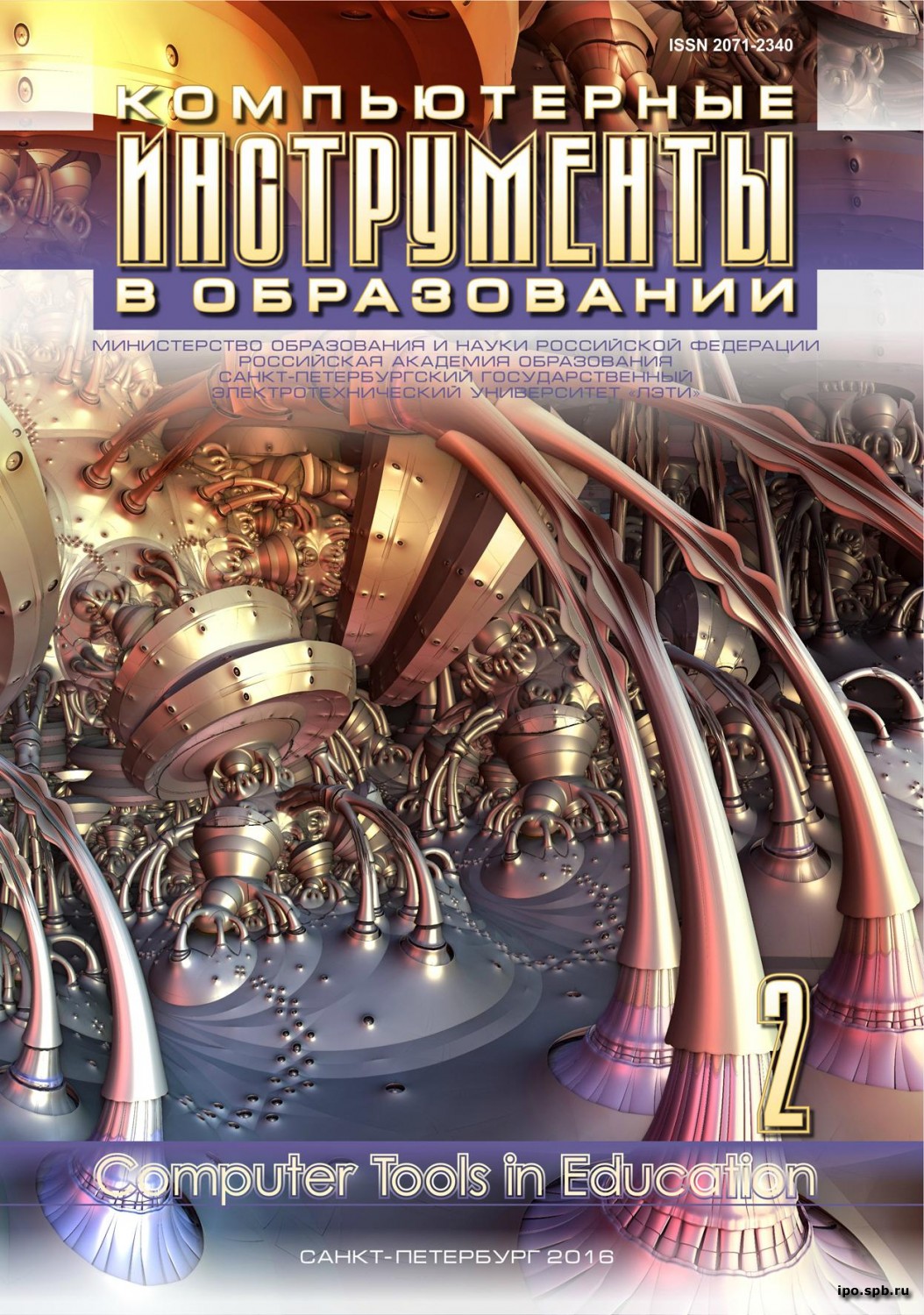Do computers enable mathematical problem solving or just make it “EASY”?
Abstract
This article suggests that recent advances in the development of computer programs capable of intricate symbolic computations might afford some negative outcomes by unintentionally shielding the learners of mathematics from all the challenges that are at the cornerstone of the subject matter. To address this concern, the paper describes how traditional curriculum can be modified in order to turn computer tools into enablers of problem solving. As an example of a new type of problem, the paper shows how the appropriate use of technology allows for some uncommon inquiries in the classic context of Fibonacci numbers. The article is written against the backdrop of mathematics teacher education.
References
2. Epstein, D., Levy, S. & De la Llave, R.. 1992, “About this journal”, Experimental Mathematics, no. 1(1), pp. 1–3.
3. Borwein, J.M., Bailey, D.H. & Girgensohn, R. 2004. Experimentation in Mathematics: Computational Paths to Discovery. A K Peters, Natick, MA.
4. Common Core State Standards. Common Core Standards Initiative: Preparing America’s Students for College and Career, 2010, [On-line]. Available at: http://www.corestandards.org [Accessed 1 May 2015].
5. Schoenfeld, A.H. 1988, “Users of computers in mathematics instruction”, in D.A. Smith, G. Porter, L. Leinbach & R. Wenger (Eds), Computers and Mathematics: The Use of Computers in Undergraduate Instruction, Mathematical Association of America, Washington, DC, no. 9, pp. 1–11.
6. Carmony, L., McGlinn, R., Becker, J.P. & Millman, A. 1984. Problem Solving in Apple Pascal. Computer Science Press, Rockland, MD.
7. Roberts, R.S. & Moore, M.L., 1984, “Programming to learn problem solving”, in: V.P. Hansen & M.J. Zweng (Eds), Computers in Mathematics Education. Yearbook National Council of Teachers of Mathematics: Reston, VA, pp. 162–170.
8. Gibson, J. J. 1977, “The theory of affordances”, in: R. Shaw & J. Bransford (Eds), Perceiving, Acting and Knowing: Toward an Ecological Psychology. Lawrence Erlbaum, Hillsdale, NJ, pp. 67–82.
9. Kieran, C. & Drijvers P. 2006, “The co-emergence of machine techniques, paper-and-pencil techniques, and theoretical reflection: a study of CAS use in secondary school algebra.” International Journal of Computers for Mathematical Learning, no. 11(2), pp. 205-263.
10. Lingefj¨ard, T. 2012, “Mathematics teaching and learning in a technology rich world”, in S. Abramovich (Ed.), Computers in Education, New York: Nova Science Publishers, vol. 2, pp. 171–191.
11. Kaput, J.J. & Noss, R., Hoyles, C. 2008, “Developing new notations for a learnable mathematics in the computational era”, in L.D. English (Ed.), Handbook of International Research on Mathematics Education, 2nd edition, London: Lawrence Erlbaum, pp. 693–715.
12. Freudenthal, H. 1983. Didactical Phenomenology of Mathematical Structures. Reidel, Dordrecht, The Netherlands.
13. Guin, D., Trouche, L. 1999, “The complex process of converting tools into mathematical instruments: the case of calculators”, International Journal of Computers for Mathematical Learning, no. 3(3), pp. 195–227.
14. Langtangen, H. P., Tveito, A. 2001. “How should we prepare the students of science and technology for a life in the computer age?”, in: B. Engquist & W. Schmid (Eds), Mathematics Unlimited – 2001 and Beyond, Springer, New York, pp. 809–825.
15. Maddux, C.D. 1984, “Educational microcomputing: the need for research”, Computers in the Schools, no. 1(1), pp. 35–41.
16. Abramovich, S. 2014, “Revisiting mathematical problem solving and posing in the digital era: toward pedagogically sound uses of modern technology”, International Journal of Mathematical Education in Science and Technology, no. 45(7), pp. 1034–1052.
17. P´ olya, G. 1954. Induction and Analogy in Mathematics. Princeton University Press, Princeton, NJ.
18. Abramovich, S. 1996, “Exploring prime numbers within a spreadsheet”, International Journal of Mathematical Education in Science and Technology, no. 27(5), pp. 693–699.
19. Meyer, H.B. “Eratosthenes’ sieve” [Online], available at: http://www.hbmeyer.de/eratosiv.htm [Accessed 1 May 2015].
20. Matiyasevich, Yu.V. 1999, “Formulas for prime numbers”, in S. Tabachnikov (Ed.), Kvant Selecta: Algebra and Analysis, II Providence, RI: The American Mathematical Society, pp. 13–24.
21. Abramovich, S. 2014. Computational Experiment Approach to Advanced Secondary Mathematics Curriculum. Springer, Dordrecht, The Netherlands.
22. Archimedes. The Method of Archimedes. 1912. T.L. Heath (Ed.). Cambridge University Press, Cambridge, England.
23. Rohlin, V.A. “A Lecture about Teaching Mathematics to Non-Mathematicians. Part I”, [Online], available at: http://mathfoolery.wordpress.com/2011/01/01/a-lecture-about-teaching-mathematics-to-nonmathematicians/ [Accessed 1 May 2015].
24. “The Mathematical Education of Teachers”, 2001. Conference Board of the Mathematical Sciences. The Mathematical Association of America. Washington, DC.
25. Leonov, G.A. & Kuznetsov, N.V. 2013, “Hidden attractors in dynamical systems. From hidden oscillations in Hilbert-Kolmogorov, Aizerman, and Kalman problems to hidden chaotic attractor in Chua circuits”, International Journal of Bifurcation and Chaos, no. 23(1), doi: 10.1142/S0218127413300024.
26. Lucas, E. 1891. Th´ eorie des Nombres (Tome 1). Paris: Gauthier-Villars et Fils.
27. Koshy, T. 2001. Fibonacci and Lucas Numbers with Applications. John Wiley & Sons, New York.
28. Abramovich, S., Leonov, G.A. 2009, “Spreadsheets and the discovery of new knowledge”, Spreadsheets in Education, no. 3(2), pp. 1–42.
29. Cuoco, A. 2001, “Mathematics for teaching”, Notices of the American Mathematical Society, no. 48(2), pp. 168–174.
30. P´ olya, G. 1981. Mathematical Discovery: On Understanding, Learning, and Teaching Problem Solving (combined edition). Wiley, New York.

This work is licensed under a Creative Commons Attribution 4.0 International License.







